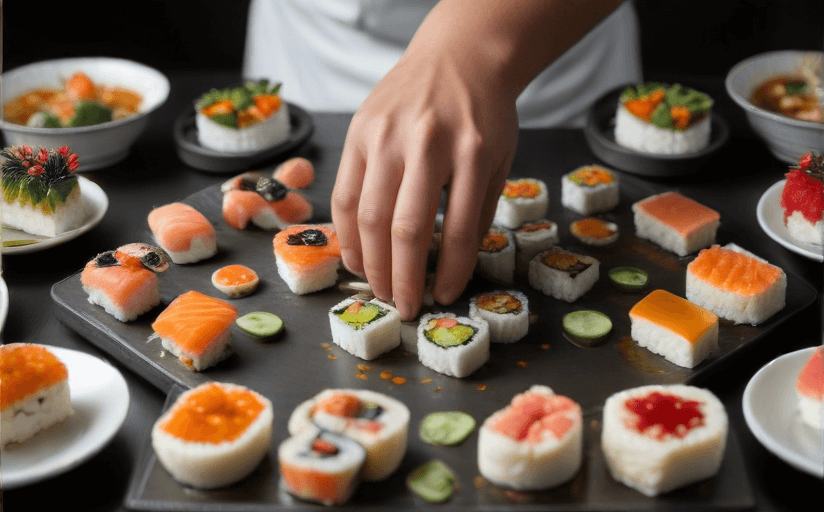Fusion Cuisine: A Culinary Blend of Cultures
Fusion cuisine, a culinary concept that brilliantly blends traditions from various corners of the world, is a testament to the power of innovation in gastronomy. Ranging from traditional practices to current trends, this article explores the historical emergence, cultural significance, and the future prospects of fusion cuisine.
Historical Emergence and Evolution of Fusion Cuisine
Perhaps, a trendsetter in global kitchens, fusion cuisine traces its roots back to the Silk Road's bustling trade routes, where ingredients and recipes were generously exchanged. In the 1990s, however, the concept gained momentum, catalyzed by chefs unafraid to push the boundaries of traditional culinary norms. The result was a gastronomic revolution, the evolution of traditional cooking into a fusion of flavors which combined different cultures, regional influences, and ingredients.
Popularity and Wide Acceptance of Fusion Cuisine
Fusion cuisine's popularity lies in its inherent flexibility and creativity. It allows chefs to experiment, combining familiar elements to create a unique, innovative experience on a plate, hence resonating with the adventurous palates of today's global diners. The open-minded acceptance of cultural diversity has been a significant driver behind the widespread popularity of fusion cuisine.
Notable Fusion Dishes and Restaurants
A quintessential example of a fusion dish is the 'Sushirrito', a clever meld of Japanese sushi with the wrapped convenience of a Mexican burrito. The 'Bánh Mì' sandwich, a perfect blend of Vietnamese and French culinary traditions, is also widely recognized. Among the culinary meccas of the world, Nobu in New York, Café Pacifico in London, and Restaurant Locavore in Bali, Indonesia are renowned for their innovative fusion dishes.
Cultural Significance and Challenges of Fusion Cuisine
Fusion cuisine is a culinary ambassador. it introduces diners to new cultures, customs and food traditions. However, maintaining authenticity while blending completely different cuisines can be challenging. Each fusion dish must strike a delicate balance to prevent the overshadowing of one ingredient or cooking technique over another. It demands a profound understanding of each ingredient’s unique characteristics and a respect for the culinary customs they represent.
Fusion Cuisine: Symbol of Unity and Diversity
With each bite, fusion cuisine brings different cultures together, encouraging a unity through dining experiences. It reflects our increasingly globalized world; a testament to the shared human experience. Despite inherent differences, we can appreciate, embrace and indulge in the diversity through fusion food.
The Future of Fusion Cuisine
Fusion cuisine’s future is promising. As globalization continues and individuals become more adventurous eaters, the appeal of fusion dishes is likely to increase. In addition, trends towards healthier eating can promote fusion cuisine as chefs can adapt recipes with more diverse, nutritious ingredients from around the world.
Concluding Thoughts
Fusion cuisine is more than just blending flavors. It is a bold culinary art that challenges traditional norms, encouraging diversity and unity while simultaneously pushing the bounds of culinary creativity. As the world continues to evolve, so too will fusion cuisine, promising many more exciting and delicious adventures ahead.




















Comments
Leave a Comment